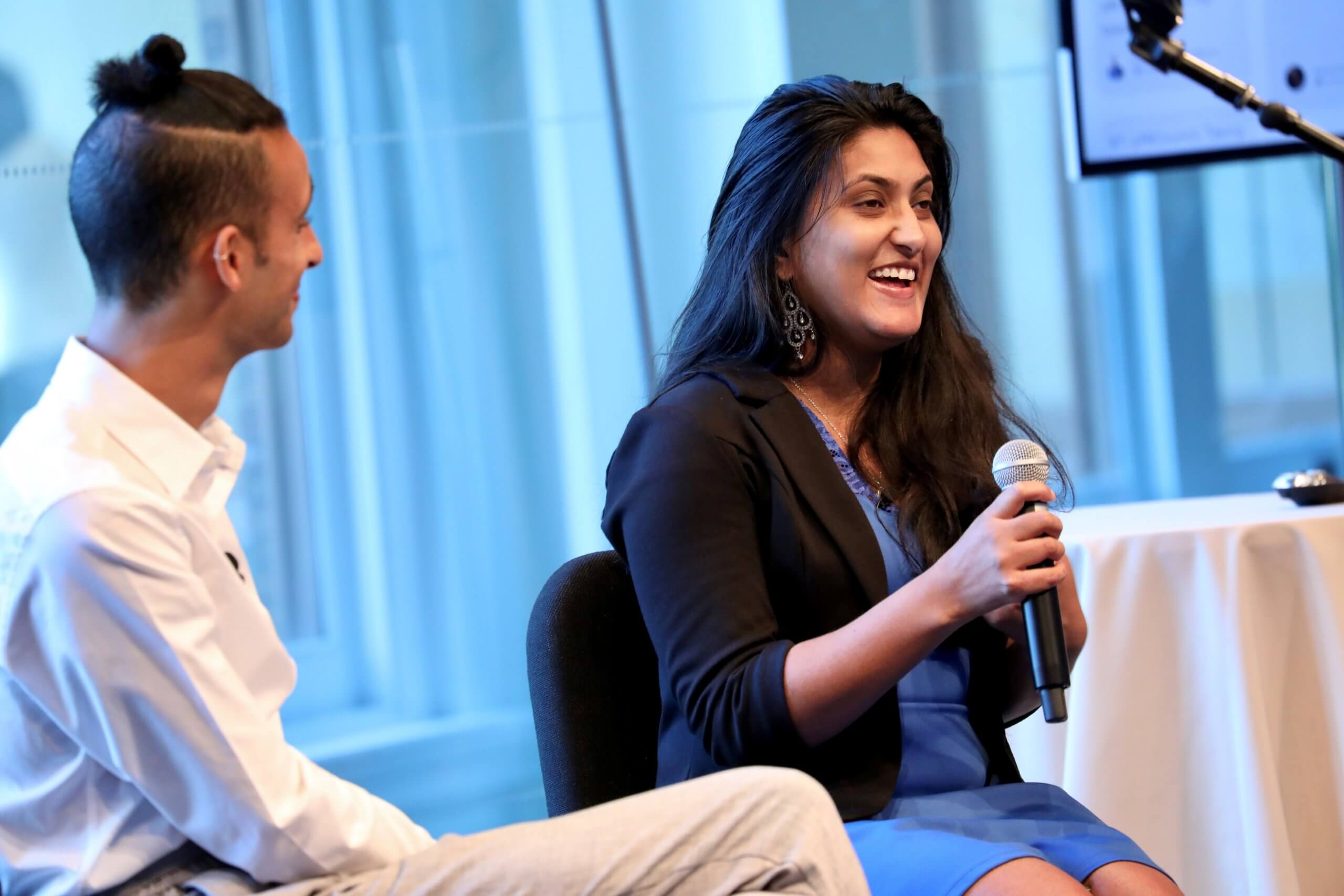
For nearly two decades, I have lived as a blind woman and encountered countless inaccessible events. These frequent inequitable experiences subconsciously normalized various levels of exclusion and inaccessibility. Then the Covid-19 Pandemic struck, accelerating the adoption of online events.
Recently I attended the Disability:IN Annual Conference as a Disability:IN Next Gen Leader from July 12-15. This four-day virtual experience set the bar for equitable events and showed me how to create inclusive and accessible experiences for people with disabilities, especially blind and partially sighted attendees. Here are three take-a-ways from this conference.
First and foremost, lead with disability inclusion. Embrace the disability community’s motto, “Nothing for us without us,” and incorporate disability inclusion behind the scenes and on stage. Start by assembling a team of people with disabilities and their allies to guide your event planning and execution. Our involvement will enable you to identify inclusion gaps and accessibility solutions. Next, bridge the Ability Say Gap by recruiting speakers with visible and invisible disabilities. It is critical for us to experience ourselves represented in event content because our exposure to role models with disabilities shape our perceptions of what is possible for us as the disabled community and individuals with disabilities. When we can perceive it, we can achieve it.
Second, make a significant difference by implementing simple accessibility techniques like self-descriptions. At the conference, each session and its corresponding segments commenced with detailed self-descriptions of each presenter or panelist. This accessibility feature served as audio description. It identified pronouns, race, ability, physical characteristics, and wardrobe choices. As a result, these self-descriptions allowed me to relate to many presenters based on our shared identities as people with disabilities as well as women and/or people of color. Thanks to this accessibility feature, I enjoyed a new level of inclusion, and it was a deeply meaningful experience.
Third, create accessible sessions by using audio cues to indicate speaker changes. The conference delivered accessible programming to mentor Next Gen Leaders, a cohort of 250 students and recent graduates with disabilities. Disability:IN designed these webinars to empower us while we navigate the job-seeking process and the transition from students to professionals. Many of these sessions featured a group of presenters or a panel discussion. Typically, these presentation formats confuse me because I cannot see who is speaking or when a speaker change occurs. However, the conference remedied this accessibility issue with a simple system of audio cues. Specifically, presenters said their name each time they spoke, and moderators addressed their questions to individual panelists, who responded immediately afterwards. With this system in place, I did not need to remember voices to follow conversations among presenters, so I could exclusively focus on learning from these webinars. Consequently, I appreciated the use of this accessibility feature to equitably disseminate information and facilitate education.
In conclusion, the Disability:IN Annual Conference raised my expectations for equitable events, setting the bar for future events. Attending this conference showed me how event organizers can create equitable experiences by adopting a disability-inclusive mindset and implementing simple accessibility features. After implementing these suggestions, continue talking to people with disabilities about their experiences to learn how to further improve accessibility, inclusion, and equity for people with disabilities within the context of events and beyond.
We thrive on solving the toughest business and brand challenges. We’d love to discuss how we can help you ignite your spark.
hello@currentglobal.com